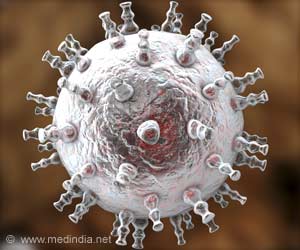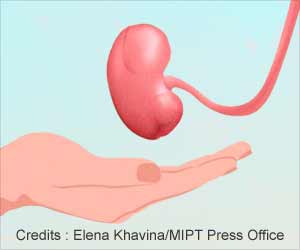A new study suggests that an initiative that combines a multidisciplinary health care approach with a range of preventive measures could cut the rate of a common airway infection among children in intensive care by more than half.

Ventilator-associated tracheobronchitis—VAT for short—is a lower respiratory infection caused by a buildup of bacteria in the airway. Ordinarily, these small organisms are easily cleared, but being on a ventilator with an artificial airway in place disrupts the body's natural defenses. This, along with other factors, increases the risk of VAT, says Jennifer Muszysnki, lead study author and a critical care physician and principal investigator in the Center for Clinical and Translational Research in The Research Institute at Nationwide Children's.
Historically, VAT infections have not been tracked as closely as another common airway infection known as VAP—ventilator-associated pneumonia—which has been monitored by the Centers for Disease Control and Prevention in Atlanta for more than a decade and is a common target for quality improvement initiatives in hospitals across the country.
A program instituted in 2007 at Nationwide Children's to prevent VAP in ventilated pediatric intensive care patients led to a dramatic decline in VAP rates. However, physicians found that many children still required treatment for ventilator-associated airway infections that did meet the CDC criteria for VAP. So, in 2010, Muszysnki and her colleagues decided to adapt the VAP prevention program to study its effectiveness on reducing VAT.
The new plan included a bundle of patient care components. Ventilated patients' beds were raised to a 30-degree angle at the head, which helps reduce bacteria in the airway. Patients were given an anti-bacterial oral rinse every four hours, and respiratory therapists followed a strict process for suctioning secretions from patients' mouths and throats. A multidisciplinary team of respiratory therapists, physicians and nurses met regularly to monitor patients' progress.
After 18 months, the cases of VAT had dropped by 53 percent compared to pre-intervention rates.
Advertisement
This is among the first published studies on VAT prevention in pediatric patients. While there is good information to be mined from the data, Musyznki says that this only grazes the surface of the problem.
Advertisement
Source-Eurekalert










